
Dolpo: The Hidden Gem of Nepal
Discover the unspoiled beauty and rich cultural heritage of Dolpo, Nepal's hidden gem, with its stunning landscapes, serene monasteries, and unique way of life.
Dolpo, nestled in the remote region of western Nepal, is a hidden gem waiting to be explored. This enchanting destination is known for its unspoiled landscapes, rich cultural heritage, and serene monasteries. The region is home to the Shey Phoksundo National Park, which boasts the stunning Phoksundo Lake, one of the deepest lakes in Nepal. The lake's crystal-clear turquoise waters, surrounded by snow-capped peaks, offer a breathtaking view that is simply unforgettable. The people of Dolpo, known as Dolpo-pa, have a unique way of life that has remained largely unchanged for centuries. Visitors can witness their traditional practices, colorful festivals, and intricate handicrafts. The region's monasteries, such as Shey Gompa and Thasung Tsoling Monastery, provide a spiritual retreat for those seeking peace and tranquility. Dolpo is also famous for its ancient trade routes that once connected Tibet and Nepal, making it a fascinating destination for history enthusiasts. Trekking in Dolpo is an adventure of a lifetime. The region offers a variety of trekking routes, including the Upper Dolpo Trek and the Lower Dolpo Trek, each offering a unique experience of the rugged Himalayan terrain. Trekkers can explore remote villages, high mountain passes, and pristine valleys while immersing themselves in the natural beauty and cultural richness of Dolpo. Due to its remote location, Dolpo remains less crowded compared to other trekking regions in Nepal, providing a more intimate and authentic experience for travelers.
Local tips in Dolpo
- Best time to visit Dolpo is from April to October when the weather is most favorable.
- Ensure you have the necessary permits, including the Restricted Area Permit and Shey Phoksundo National Park Permit.
- Pack warm clothing as temperatures can drop significantly, especially at higher altitudes.
- Consider hiring a local guide to navigate the remote trails and learn about the local culture.
- Bring enough cash as there are no ATMs or banking facilities in Dolpo.
- Stay hydrated and acclimatize properly to avoid altitude sickness.
Dolpo: The Hidden Gem of Nepal
Dolpo, nestled in the remote region of western Nepal, is a hidden gem waiting to be explored. This enchanting destination is known for its unspoiled landscapes, rich cultural heritage, and serene monasteries. The region is home to the Shey Phoksundo National Park, which boasts the stunning Phoksundo Lake, one of the deepest lakes in Nepal. The lake's crystal-clear turquoise waters, surrounded by snow-capped peaks, offer a breathtaking view that is simply unforgettable. The people of Dolpo, known as Dolpo-pa, have a unique way of life that has remained largely unchanged for centuries. Visitors can witness their traditional practices, colorful festivals, and intricate handicrafts. The region's monasteries, such as Shey Gompa and Thasung Tsoling Monastery, provide a spiritual retreat for those seeking peace and tranquility. Dolpo is also famous for its ancient trade routes that once connected Tibet and Nepal, making it a fascinating destination for history enthusiasts. Trekking in Dolpo is an adventure of a lifetime. The region offers a variety of trekking routes, including the Upper Dolpo Trek and the Lower Dolpo Trek, each offering a unique experience of the rugged Himalayan terrain. Trekkers can explore remote villages, high mountain passes, and pristine valleys while immersing themselves in the natural beauty and cultural richness of Dolpo. Due to its remote location, Dolpo remains less crowded compared to other trekking regions in Nepal, providing a more intimate and authentic experience for travelers.
When is the best time to go to Dolpo?
Iconic landmarks you can’t miss
Shey Phoksundo National Park
Explore the breathtaking landscapes and rich cultural heritage of Shey Phoksundo National Park, a true gem of Nepal's natural beauty.
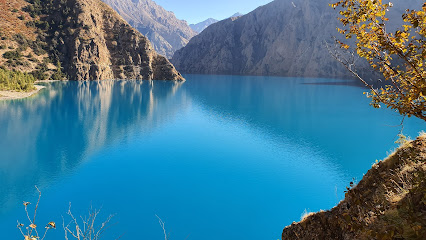
Shey Phoksundo Lake
Discover the pristine beauty of Shey Phoksundo Lake, a serene alpine paradise in Nepal's Dolpo region, perfect for adventure and tranquility.
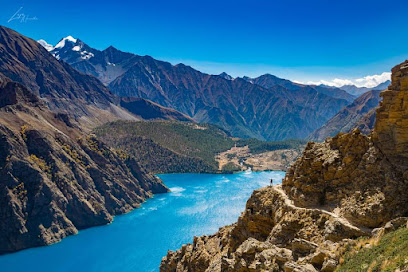
Upper Dolpa Trek
Discover the breathtaking beauty and rich culture of Upper Dolpa Trek, a remote Himalayan adventure unlike any other.
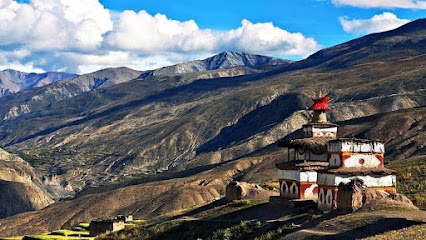
Dolpo Himal HP
Experience the breathtaking beauty of Dolpo Himal, a majestic peak in Nepal, where adventure meets tranquility in the heart of the Himalayas.
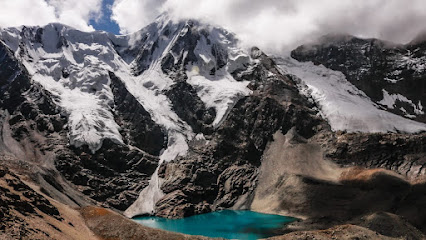
Upper Dolpo Trek
Explore the breathtaking landscapes and rich culture of the Upper Dolpo Trek, a premier hiking destination in the heart of the Himalayas.

Dolpo Lake
Discover the serene beauty of Dolpo Lake, a hidden treasure in Nepal surrounded by majestic mountains and rich local culture.

Upper Dolpo Nepal
Explore the untouched beauty and rich culture of Upper Dolpo, a remote paradise in the heart of the Himalayas, perfect for adventure seekers and cultural enthusiasts.
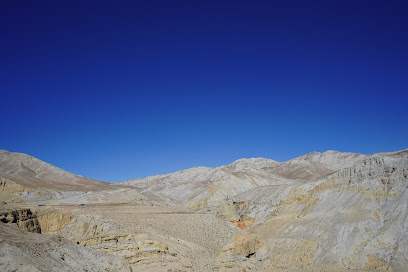
Dolpo-Sangda Trijunction
Explore the beauty of Dolpo-Sangda Trijunction, a picturesque confluence of trails in the heart of the Nepalese Himalayas, rich in culture and breathtaking views.

Unmissable attractions to see
Shey Phoksundo Lake Side
Explore the breathtaking beauty of Shey Phoksundo Lake, a serene oasis surrounded by majestic mountains and rich cultural heritage.
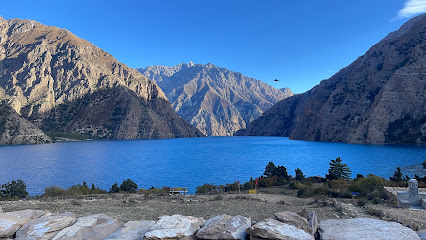
Phoksundo Lake
Discover the stunning beauty of Phoksundo Lake, a hidden gem in the Himalayas, perfect for nature lovers and adventurous travelers seeking tranquility.

Shey Phoksundo wooden bridge
Discover the breathtaking Shey Phoksundo wooden bridge, a serene escape to nature's beauty in the heart of Nepal's Dolpa district.
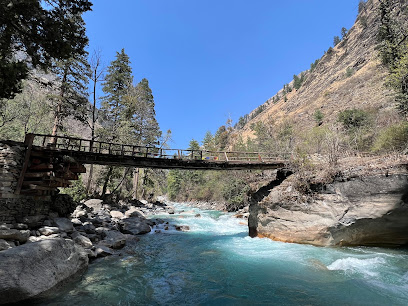
Kanchi jangla pass
Discover the stunning vistas and cultural richness at Kanchi Jangla Pass, a breathtaking tourist attraction in the heart of Nepal's Himalayas.
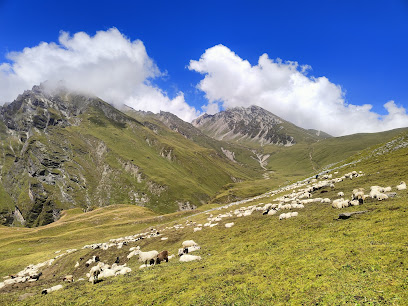
DUNAI Dolpa
Explore the serene beauty and rich culture of Dunai Dolpa, a hidden gem in Nepal's majestic Himalayas, perfect for adventurers and culture seekers alike.
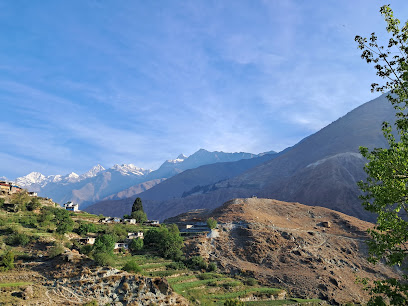
Pupal Based Camp
Experience the tranquility and natural beauty of Pupal Based Camp in Ranmamaikot, Nepal – a perfect getaway for nature lovers and adventure seekers.
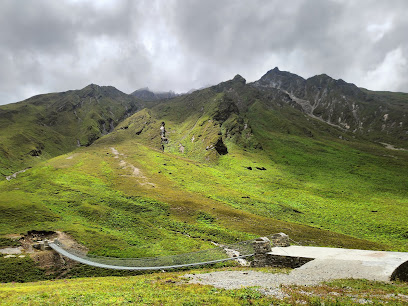
Cho Karbo taal
Explore the tranquil beauty of Cho Karbo Taal, a breathtaking lake in Phoksundo, Nepal, perfect for nature lovers and adventure seekers.
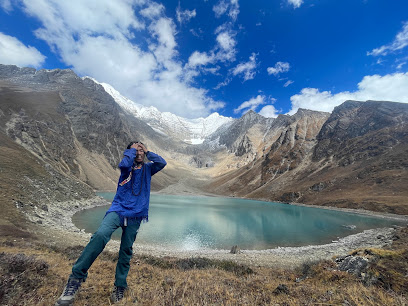
Kharal Taal
Kharal Taal: A peaceful lake in Lawan, Nepal, perfect for nature lovers and those seeking tranquility amidst stunning landscapes.

अप्सरा ताल
Experience the serene beauty of Apsara Tal, a hidden gem in Ranmamaikot, perfect for relaxation and nature appreciation.

दिपेन्द्र ताल
Experience the serene beauty of Dipendral Tal, a hidden lake in Ranmamaikot perfect for relaxation, nature walks, and cultural exploration.

Golden Lake(सुनदह)
Discover the serene beauty of Golden Lake in Ranmamaikot, a must-visit destination for nature lovers and adventurers in the Himalayas.
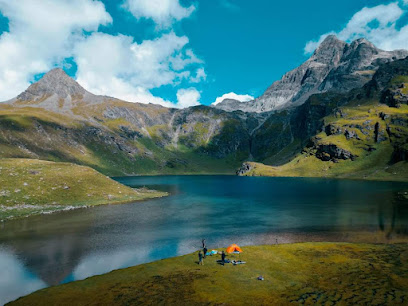
Kunkhyan Phalak Lake कुन्ख्येन फालक
Experience the serene beauty of Kunkhyan Phalak Lake, a hidden gem in Tinje, perfect for nature lovers and peaceful getaways.
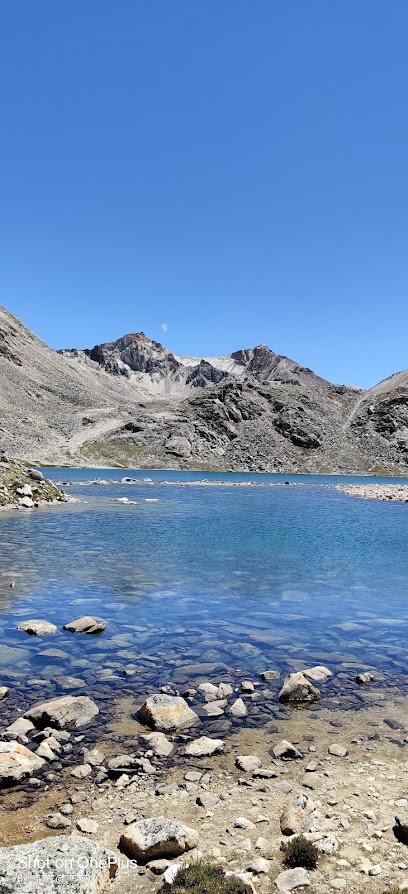
Maurey Lekh,Jumla-Dolpa Border
Experience the breathtaking beauty of Maurey Lekh, a hidden gem on the Jumla-Dolpa border, perfect for nature lovers and adventure seekers.
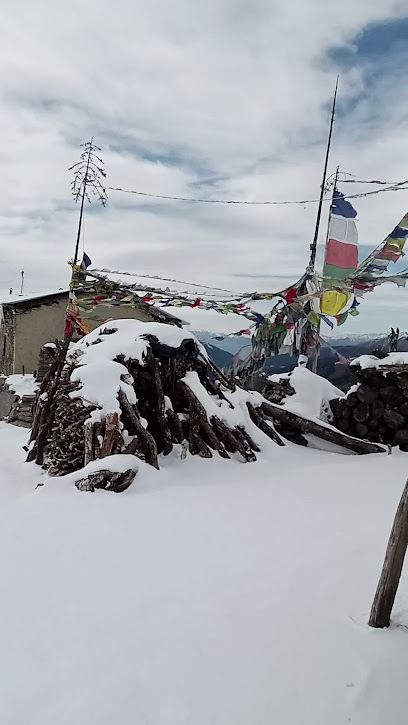
काली ताल
Discover the tranquil beauty of Kali Tal, a serene lake in Ranmamaikot, Nepal, perfect for relaxation and immersing in nature's wonders.

Phoksundo Lake, End Point
Discover the breathtaking beauty of Phoksundo Lake in Nepal, a serene hiking paradise surrounded by majestic mountains and vibrant nature.

Essential places to dine
Mustang Lete Hotel & Thakali Kitchen
Experience authentic Nepali cuisine at Mustang Lete Hotel & Thakali Kitchen in Dana - where tradition meets flavor amidst stunning mountain views.
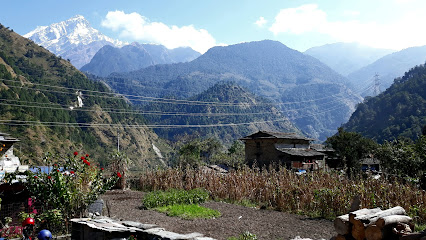
Chusang
Discover authentic Nepali cuisine at Chusang, an inviting restaurant along your Upper Mustang trekking route.
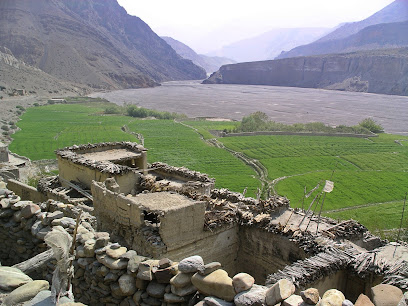
Dhumba Lake Restaurant & Ticket Counter
Experience authentic Nepalese cuisine at Dhumba Lake Restaurant while soaking in breathtaking views near Jomsom's serene lakeside.
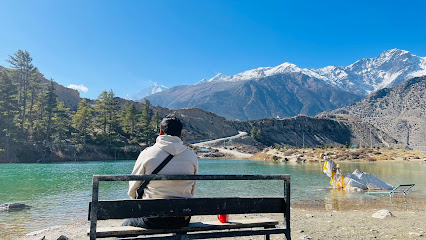
Larjung Lodge and Thakali Kitchen
Discover the essence of Nepalese culture at Larjung Lodge & Thakali Kitchen - where authentic flavors meet breathtaking mountain views.
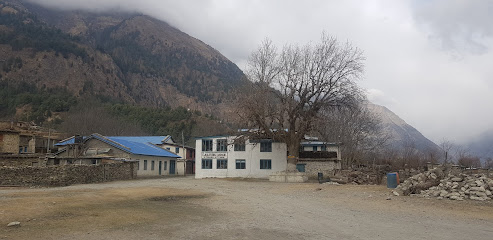
Old namaste guest house and thakali bhanchha Ghar
Experience authentic Thakali cuisine at Old Namaste Guest House in Lete – a must-visit for food lovers exploring Nepal's culinary landscape.
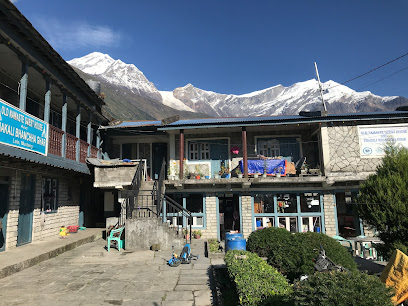
Phedi Restaurant
Discover authentic Nepali flavors at Phedi Restaurant in Muktinath – where culinary excellence meets breathtaking mountain views.

Peaceful Hotel
Experience tranquility and exquisite local cuisine at Peaceful Hotel in Ngawal – your ultimate culinary retreat surrounded by nature's beauty.

Hotel Murmur and Garden Restaurant
Discover culinary delights amidst nature at Hotel Murmur and Garden Restaurant in Dunai - A perfect retreat for travelers.
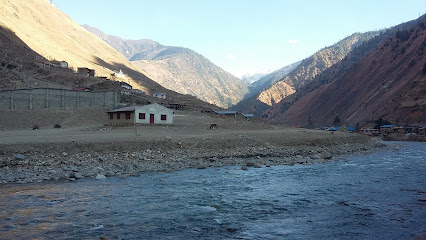
The Kailash Hotel, Tsarang, Mustang, Nepal
Discover authentic Nepali cuisine at The Kailash Hotel in Tsarang, where breathtaking views meet exceptional hospitality.
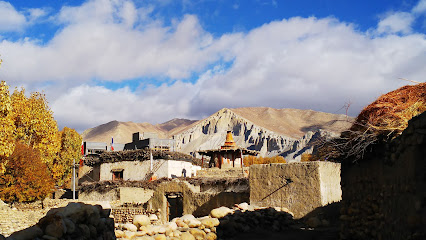
Bagaincha Cafe and Garden Restaurant
Experience exquisite dining amidst nature at Bagaincha Cafe and Garden Restaurant in Jomsom - where flavors meet breathtaking views.
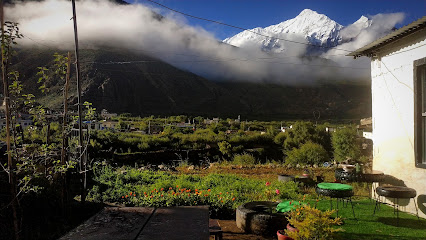
Arnap Restaurant and Thakali Bancha Ghar
Discover authentic Nepali flavors at Arnap Restaurant and Thakali Bancha Ghar in Jomsom – where tradition meets taste.
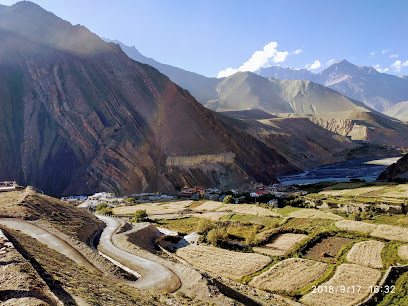
Basnet Hotel & Hukka Center
Savor authentic Nepali cuisine amidst breathtaking Himalayan landscapes at Basnet Hotel & Hukka Center in Rimi.
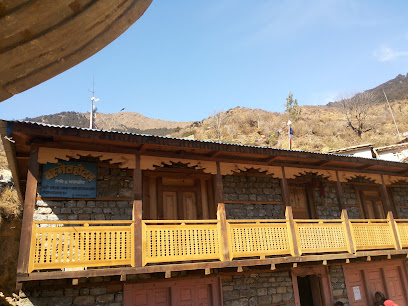
Eagle nest guest house and garden restaurant
Discover authentic Nepali cuisine at Eagle Nest Guest House & Garden Restaurant, where stunning views meet warm hospitality in Lete.
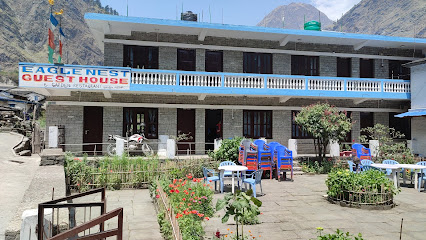
Hotel Eagle Claw View Point Resturant
Experience breathtaking views and authentic flavors at Hotel Eagle Claw View Point Restaurant in Jomsom - where every meal is a feast for your senses.
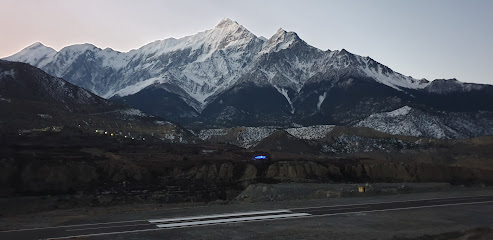
Beautiful THINI Restaurant, Thini
Experience authentic Nepalese cuisine amidst breathtaking views at Beautiful THINI Restaurant in Jomsom.
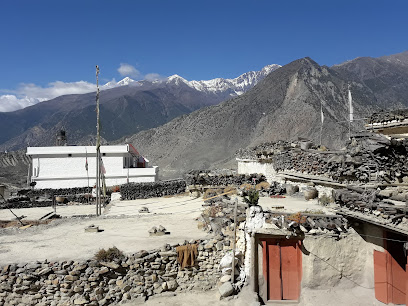
Markets, malls and hidden boutiques
DOLPO
Explore the great outdoors with Dolpo, your premier destination for high-quality outdoor clothing and equipment in the heart of Kathmandu.
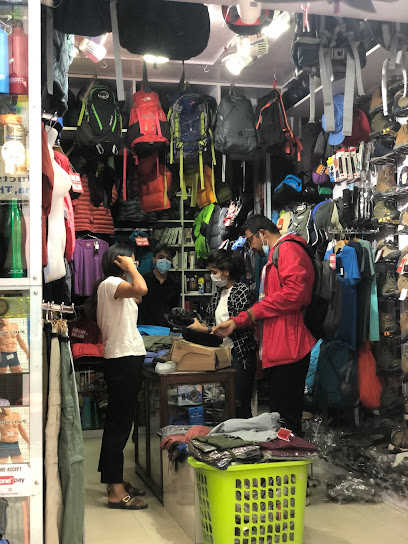
Khangsar Store
Explore the vibrant Khangsar Store, an outlet mall in Nepal offering unique shopping experiences and a taste of local culture amidst stunning landscapes.
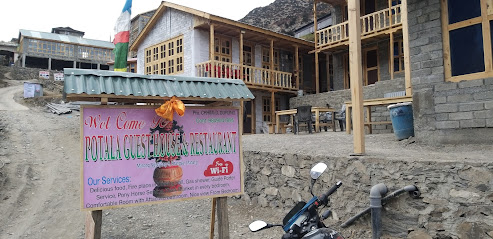
Poudel Shopping Center
Explore the vibrant Poudel Shopping Center in Lekhnath, Nepal – your destination for shopping, dining, and local culture.
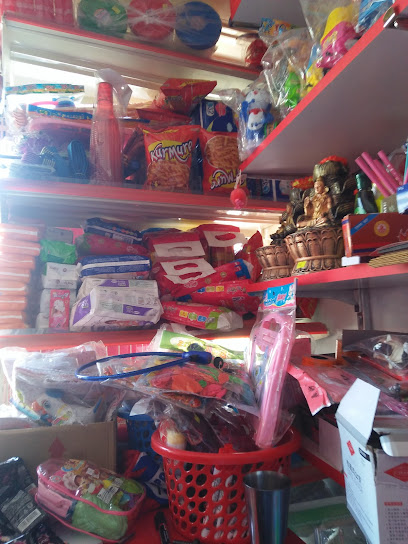
Pushkar General Stores
Discover the essence of Dunai at Pushkar General Stores, where local culture meets quality shopping in a charming setting.
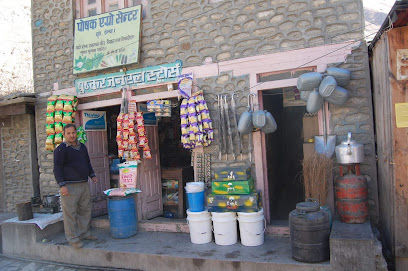
New Bishal Trader's
Explore the vibrant local culture at New Bishal Trader's, your go-to general store in Kagbeni for authentic souvenirs and essential travel supplies.
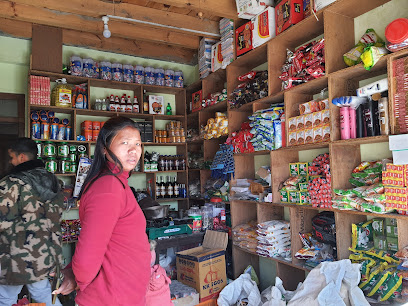
Shreeraaj handmade shop
Discover unique, handcrafted fashion accessories at Shreeraaj Handmade Shop in Jomsom, blending tradition with contemporary elegance.
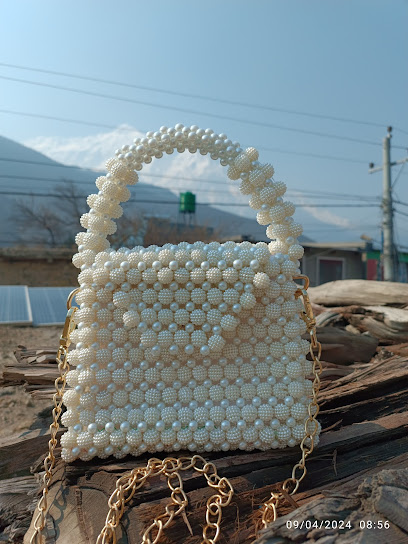
Our mustang fancy jomsom
Explore Our Mustang Fancy Jomsom, a charming women's clothing store in Jomsom, blending local craftsmanship with contemporary fashion.
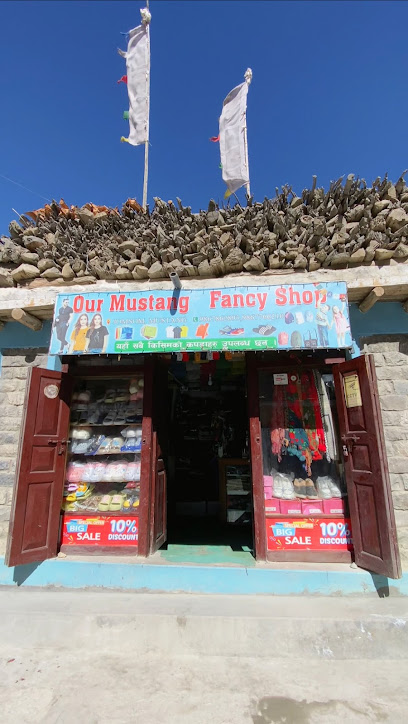
Annapurna trekking shop
Explore the Annapurna region with expert guidance and quality gear at the Annapurna Trekking Shop in Manang, your adventure starts here!
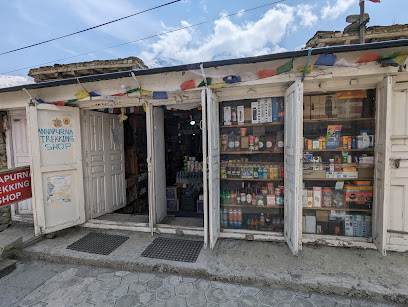
Deva Bhumi Tibetan Gift Shop
Discover authentic Tibetan handicrafts and unique souvenirs at Deva Bhumi Tibetan Gift Shop in Marpha, Nepal, a true cultural treasure!
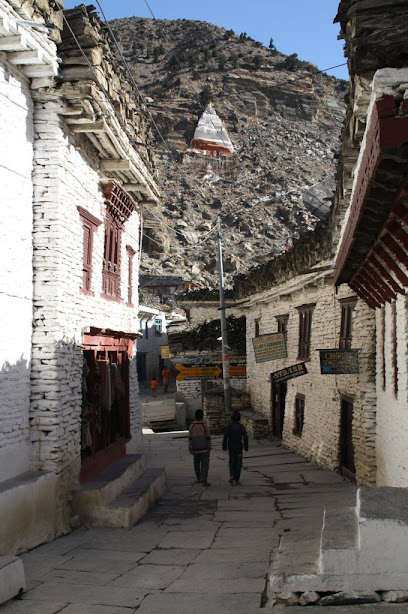
Mystique Gift Shop
Explore the enchanting Mystique Gift Shop in Lo Manthang for unique handcrafted treasures and authentic Nepali souvenirs.
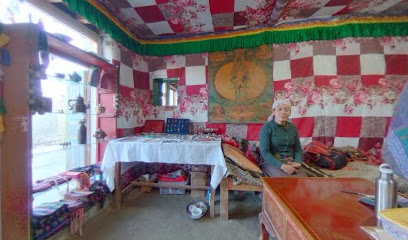
People’s plaza
Experience the heart of Jomsom at People's Plaza, a vibrant shopping destination offering local crafts, delicious cuisine, and a taste of Nepalese culture.

Green Tara
Explore Green Tara Souvenir Store in Marpha for unique handicrafts and authentic local treasures that capture the essence of Nepal's rich culture.

sherpa store
Explore the Sherpa Store in Kowang for authentic local handicrafts and souvenirs representing the rich culture of Nepal.
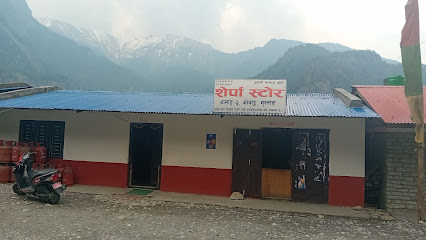
Putha Himalaya interprizes
Discover authentic Nepali culture at Putha Himalaya Interprizes, a vibrant store in Ranmamaikot offering unique handicrafts and local treasures.

Third Pole Trekking Shop
Explore the majestic Himalayas with top-quality trekking gear from Third Pole Trekking Shop in Pokhara, Nepal.
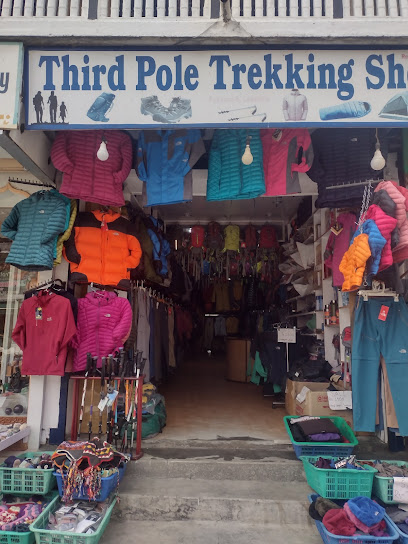
Essential bars & hidden hideouts
Paradiso Pokhara
Explore the vibrant nightlife and delicious cuisine at Paradiso Pokhara, a bar and restaurant with stunning lakeside views.
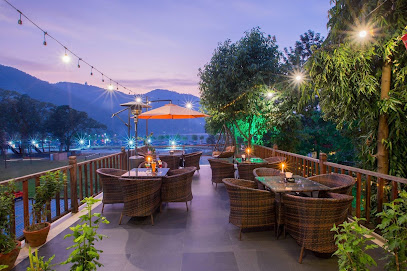
Irish Pub
Discover the lively Irish Pub in Pokhara, a perfect blend of great food, drinks, and entertainment by the scenic lakeside.
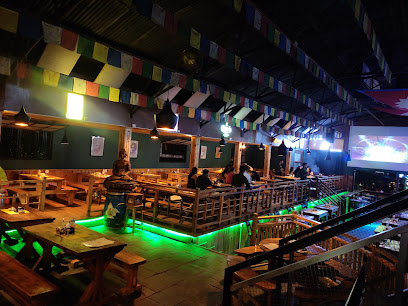
Dunga Restro & Lounge Bar
Experience the flavors of Nepal at Dunga Restro & Lounge Bar, where culinary delights meet stunning lakeside views in Pokhara.
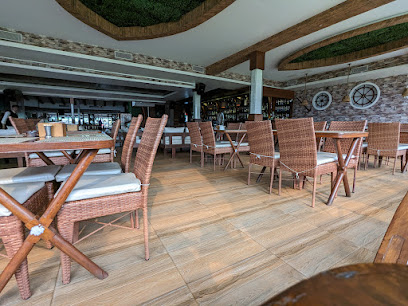
The Boss Restaurant
Experience the best of lakeside dining at The Boss Restaurant in Pokhara, offering exquisite barbecue and steakhouse delights with stunning views.
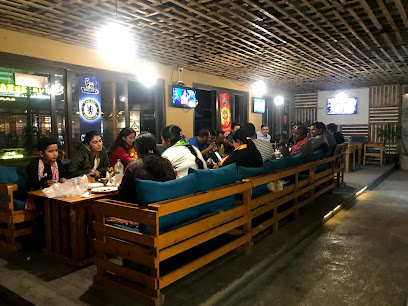
Longest Bar
Discover the vibrant nightlife of Pokhara at The Longest Bar, where unique drinks meet an inviting atmosphere in a stunning setting.
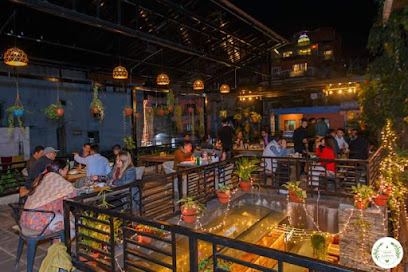
Nepal Micropub Pokhara
Experience the lively ambiance and craft beers of Nepal Micropub Pokhara, a must-visit bar for tourists seeking local flavors and vibrant nightlife.
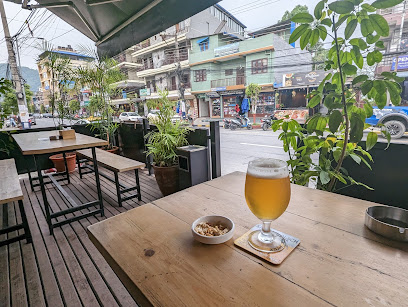
The Putali Bar
Discover the charm of Pokhara at The Putali Bar, where stunning views meet refreshing drinks in a cozy atmosphere.
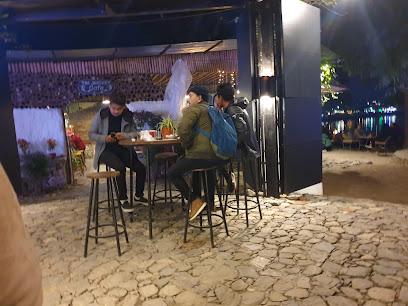
Flip Nepal Resorts
Discover Flip Nepal Resorts, a serene retreat in Kaskikot with stunning views and a delightful selection of beverages to enhance your Nepal adventure.
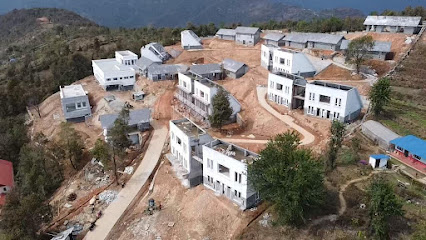
KINGDOM RESTRO BAR & LIVE MUSIC (THAKALI BHANCHA GHAR)
Discover the vibrant nightlife of Jomsom at Kingdom Restro Bar, a perfect blend of live music, delicious Nepali cuisine, and an inviting atmosphere.
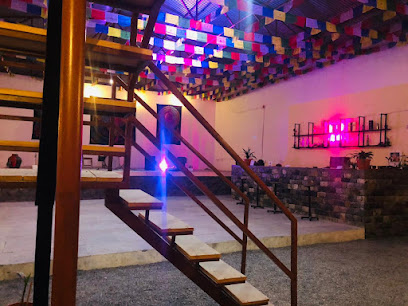
Dobhan Sports & Bar Restaurant
Discover the lively atmosphere of Dobhan Sports & Bar Restaurant, where delicious food and refreshing drinks await in Shuklagandaki.
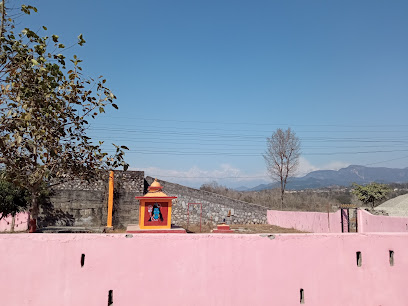
3 CORNER RESTAURANT & BAR
Discover the essence of Tibetan culture through authentic cuisine at 3 Corner Restaurant & Bar in Jampaling.
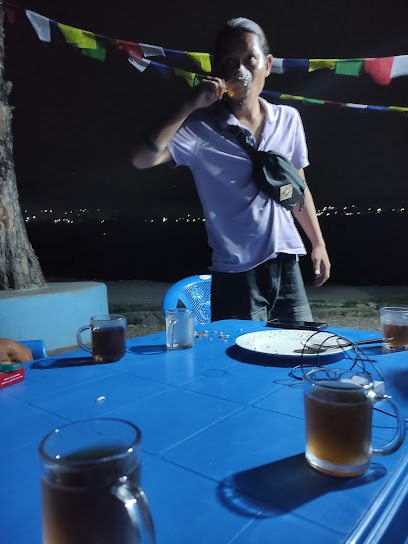
Dovan Sports Bar and Restro
Experience the vibrant atmosphere of Dovan Sports Bar and Restro in Shuklagandaki, where delightful food and refreshing drinks meet a lively social scene.
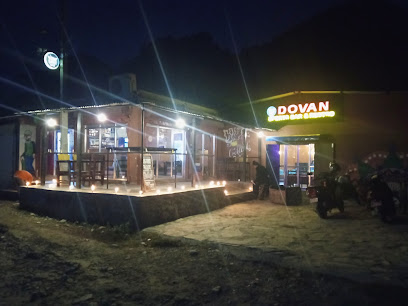
सोम स्नुकर हाउस
Experience Bhanu's nightlife at सोम स्नुकर हाउस, where great drinks and snooker meet in a vibrant setting.
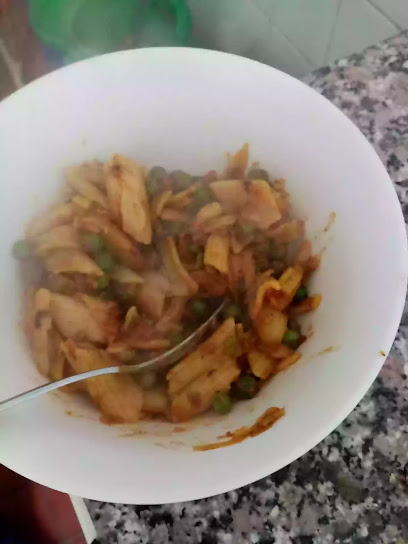
भलाबोट
Discover the lively atmosphere of भलाबोट in Mahat, where local flavors and a vibrant social scene come together for an unforgettable experience.
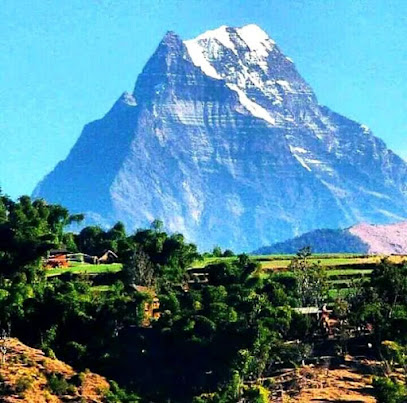
Bipin roka
Discover the tranquil ambiance and local flavors of Bipin Roka, a serene lounge in Khilung Deurali, perfect for relaxation and enjoyment.

Local Phrases about Dolpo
-
- Helloतासो बीत्ला
[taaso beetla] - Goodbyeफर्किएको छु
[farkieko chu] - Yesहो
[ho] - Noहोइन
[hoin] - Please/You're welcomeकृपया
[kripaya] - Thank youधन्यवाद
[dhanyavad] - Excuse me/Sorryमाफ गर्नुहोस्
[maaf garnuhos] - How are you?तिमीलाई कस्तो छ?
[timilai kasto chha?] - Fine. And you?राम्रो छ। तिमीलाई?
[ramro chha. timilai?] - Do you speak English?तिमी अंग्रेजी बोल्छौ?
[timi angreji bolchhau?] - I don't understandम सम्झिन
[ma samjn]
- Helloतासो बीत्ला
-
- I'd like to see the menu, pleaseकृपया मेनु हेर्न चाहन्छु
[kripaya menu hern chahanchu] - I don't eat meatम मासु खान्न
[ma masu khann] - Cheers!चियर्स!
[chears!] - I would like to pay, pleaseकृपया तलब गर्न चाहन्छु
[kripaya talab garn chahanchu]
- I'd like to see the menu, pleaseकृपया मेनु हेर्न चाहन्छु
-
- Help!मदत!
[madat!] - Go away!दूर हिड्नुहोस्!
[dur hidnuhos!] - Call the Police!पुलिसलाई बोलाउनुहोस्!
[polis lai bolaunuhos!] - Call a doctor!डाक्टरलाई बोलाउनुहोस्!
[daktar lai bolaunuhos!] - I'm lostम हराएको छु
[ma haraeko chu] - I'm illमलाई बिमारी छ
[malai bimari chha]
- Help!मदत!
-
- I'd like to buy...मलाई ... किन्न चाहन्छु
[malai ... kin chahanchu] - I'm just lookingम केही हेर्न आएको
[ma kehi hern aeko] - How much is it?यसको मुल्य कति हो?
[yasko mulya kati ho?] - That's too expensiveयो धेरै महँगो छ
[yo dherai mahango chha] - Can you lower the price?क्या तपाईं मुल्य हाल्न सक्नुहुन्छ?
[kya tapai mulya haln saknuhunchha?]
- I'd like to buy...मलाई ... किन्न चाहन्छु
-
- What time is it?कति बज्यो?
[kati bajyo?] - It's one o'clockयो एक बजे हो
[yo ek baje ho] - Half past (10)दसबजे हाफ
[dasbaje haf] - Morningबिहान
[bihan] - Afternoonदिउसो
[deuso] - Eveningसाँझ
[sanh] - Yesterdayहिजो
[hijo] - Todayआज
[aaj] - Tomorrowभोलि
[bholi] - 1एक
[ek] - 2दुई
[dui] - 3तीन
[tin] - 4चार
[chaar] - 5पाँच
[paanch] - 6छ
[chha] - 7सात
[saat] - 8आठ
[aath] - 9नौ
[nau] - 10दस
[das]
- What time is it?कति बज्यो?
-
- Where's a/the...?कहाँ ... छ?
[kaha ... chha?] - What's the address?ठेगाना के हो?
[thegana ke ho?] - Can you show me (on the map)?क्या तपाईं मलाई देखाउन सक्छन्?
[kya tapai malai dekhaun sakchan?] - When's the next (bus)?अर्को (बस) कहिले छ?
[arko (bas) kahile chha?] - A ticket (to ....)एक प्रवेश पत्र (... सम्म)
[ek pravesh patra (... samma)]
- Where's a/the...?कहाँ ... छ?
History of Dolpo
-
Dolpo, nestled in the trans-Himalayan region of Nepal, has been inhabited for centuries. The earliest settlers are believed to be ancient Tibetan nomads who migrated southward. These early inhabitants established small, self-sufficient communities, relying on agriculture and livestock for survival.
-
Before Buddhism took root, the predominant belief system in Dolpo was Bön, an ancient Tibetan religion. Bön rituals and traditions have left an indelible mark on Dolpo's culture. Even today, Bön practices coexist with Buddhism, and many villages have shrines and monasteries dedicated to Bön deities.
-
In the 8th century, Tibetan Buddhism began to permeate Dolpo, largely due to the influence of Guru Rinpoche (Padmasambhava) and other Tibetan lamas. Monasteries such as Shey Gompa and Yangzer Gompa became spiritual centers, attracting monks and pilgrims. The fusion of Bön and Buddhism created a unique cultural tapestry in the region.
-
During the medieval period, Dolpo was a crucial stop on the trans-Himalayan trade routes. Salt, wool, and grains were the primary commodities exchanged between Tibet and Nepal. The arduous journey across high mountain passes forged deep connections between Dolpo and neighboring regions, fostering cultural exchanges and economic interdependence.
-
Dolpo was historically under the influence of the Kingdom of Lo, also known as Mustang. The cultural and political ties between Dolpo and Mustang were strong, with frequent exchanges of goods, ideas, and even marital alliances. The Kingdom of Lo's legacy is still evident in Dolpo's architecture, language, and customs.
-
For much of the 20th century, Dolpo remained isolated from the rest of Nepal due to its remote location and lack of infrastructure. This isolation preserved its unique culture and traditions but also limited economic development. It wasn't until the latter part of the century that modern roads and communication began to reach the region.
-
Established in 1984, Shey Phoksundo National Park is one of the most significant protected areas in Nepal, encompassing much of Dolpo. The park is home to diverse flora and fauna, including the elusive snow leopard. It also includes sacred sites such as Shey Gompa and the stunning Phoksundo Lake, drawing tourists and pilgrims alike.
-
Dolpo gained international recognition through the 1999 film 'Himalaya' (also known as 'Caravan'), which was nominated for an Academy Award. The film showcased Dolpo's breathtaking landscapes and the resilience of its people, sparking interest among travelers and contributing to the region's burgeoning tourism industry.
Dolpo Essentials
-
Dolpo is a remote region in northwestern Nepal, accessible primarily by air and trekking. The nearest major airport is Tribhuvan International Airport in Kathmandu. From Kathmandu, you can take a domestic flight to Juphal Airport, which is the gateway to Dolpo. The flight takes around 45 minutes. From Juphal, you must trek to reach various parts of Dolpo as there are no motorable roads.
-
Transportation within Dolpo is primarily on foot due to the lack of roads. Trekking is the most common way to get around, and it is advisable to hire a local guide and porter. For longer treks, make sure to arrange for supplies and camping gear. Mules and yaks can also be hired to carry heavy loads. Ensure you are well-prepared for the rugged terrain and high altitudes.
-
The official currency in Nepal is the Nepalese Rupee (NPR). In Dolpo, it is essential to carry enough cash as there are no ATMs or banking facilities. Credit cards are not accepted in this region, so make sure to withdraw sufficient cash in Kathmandu or other major cities before traveling to Dolpo. Small denominations are useful for everyday transactions.
-
Dolpo is generally a safe region for tourists, but it is isolated and requires careful planning. There are no high-crime areas targeting tourists, but it's essential to stay vigilant and be prepared for potential natural hazards such as landslides and altitude sickness. Always inform someone about your trekking route and expected return date. Hiring a local guide is highly recommended for safety and navigation.
-
In case of emergencies, the primary point of contact is your local guide. The nearest health facilities are in Dunai, the district headquarters, but they are basic. For severe medical emergencies, evacuation to Kathmandu or Pokhara is necessary. It is crucial to have comprehensive travel insurance that covers high-altitude trekking and emergency evacuation. Carry a basic first-aid kit and know how to use it.
-
Fashion: Do dress in layers and carry appropriate trekking gear. Avoid wearing revealing clothing to respect local customs. Religion: Do respect local religious practices. Always ask for permission before photographing religious sites or ceremonies. Public Transport: There is no public transport in Dolpo. Be prepared for long treks. Greetings: Do greet locals with 'Namaste' and a slight bow. Avoid physical contact in greetings, especially with the opposite gender. Eating & Drinking: Do try local foods and always accept hospitality graciously. Don’t waste food, as supplies are limited in remote areas.
-
To experience Dolpo like a local, visit the traditional villages and interact with the locals. Participate in local festivals if your visit coincides with one. Try to learn a few phrases in the local dialect to show respect and willingness to engage. Make sure to explore the stunning Shey Phoksundo National Park and the ancient monasteries like Shey Gompa. Hiring a local guide not only helps in navigation but also enriches your experience with local insights and knowledge.
Nearby Cities to Dolpo
-
Things To Do in Lumbini
-
Things To Do in Bandipur
-
Things To Do in Gorkha
-
Things To Do in Chitwan
-
Things To Do in Kathmandu
-
Things To Do in Patan
-
Things To Do in Bhaktapur
-
Things To Do in Nagarkot
-
Things To Do in Lucknow
-
Things To Do in Namche Bazaar
-
Things To Do in Varanasi
-
Things To Do in Kanpur
-
Things To Do in Patna
-
Things To Do in Rishikesh
-
Things To Do in Darjeeling










